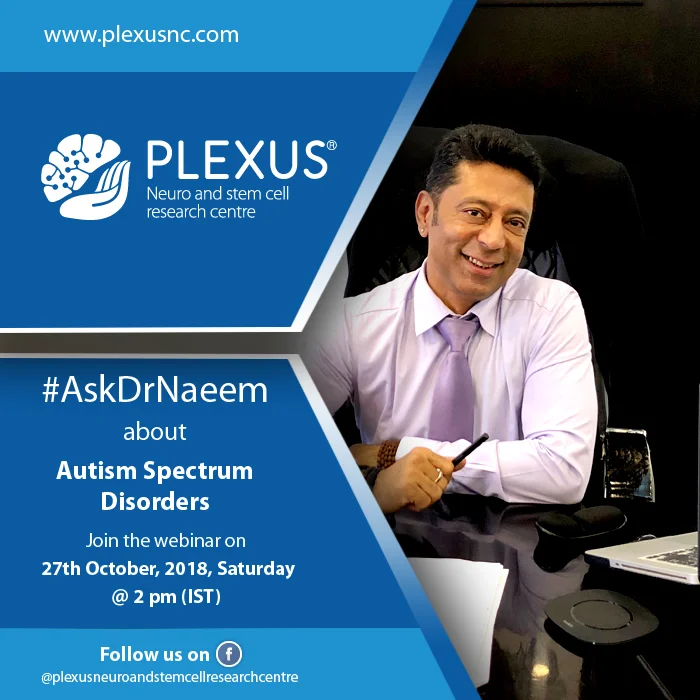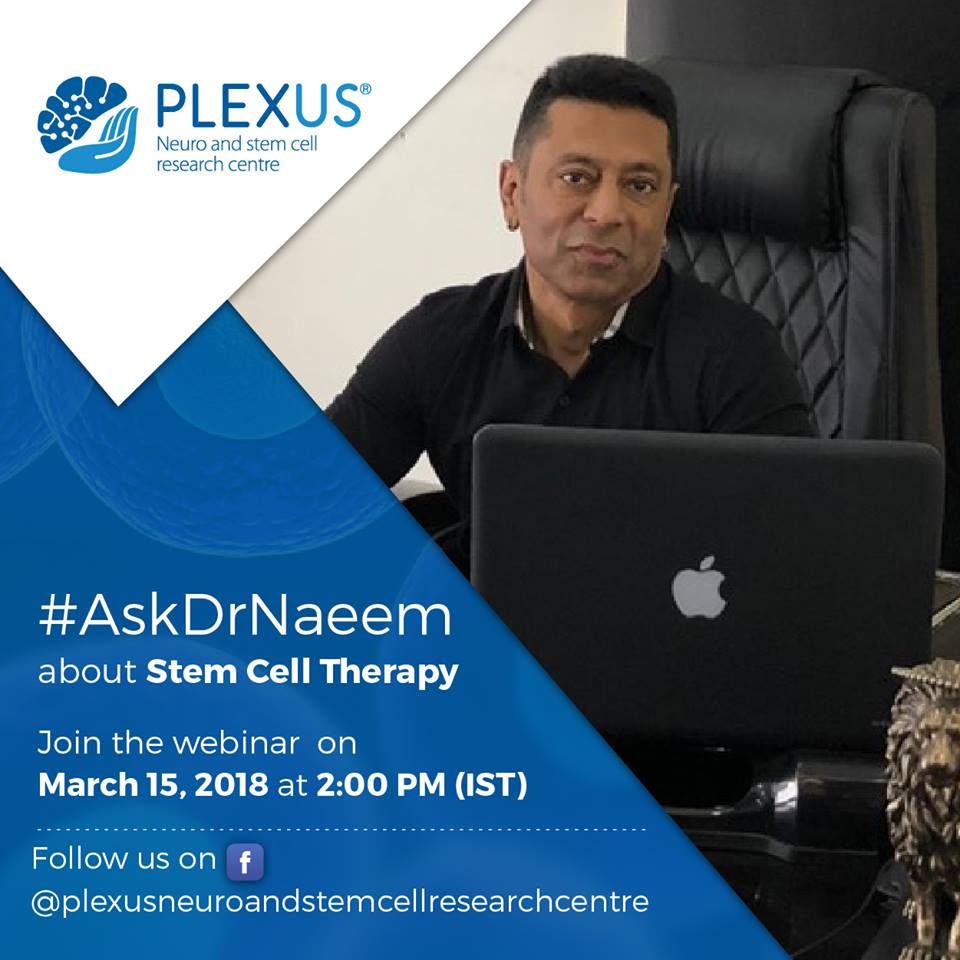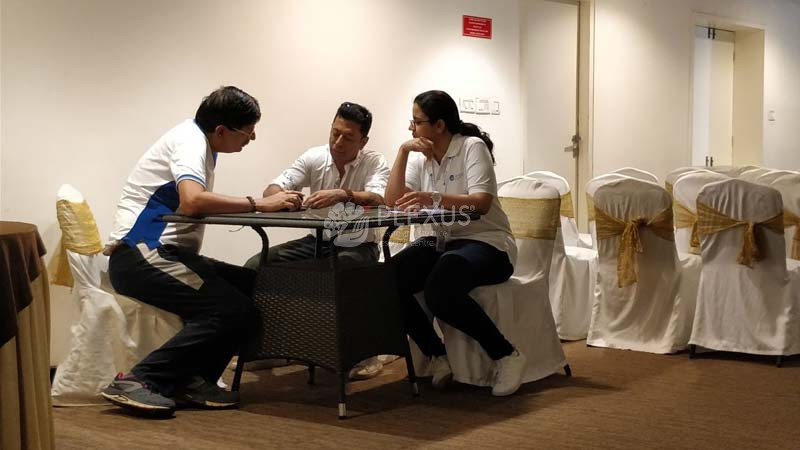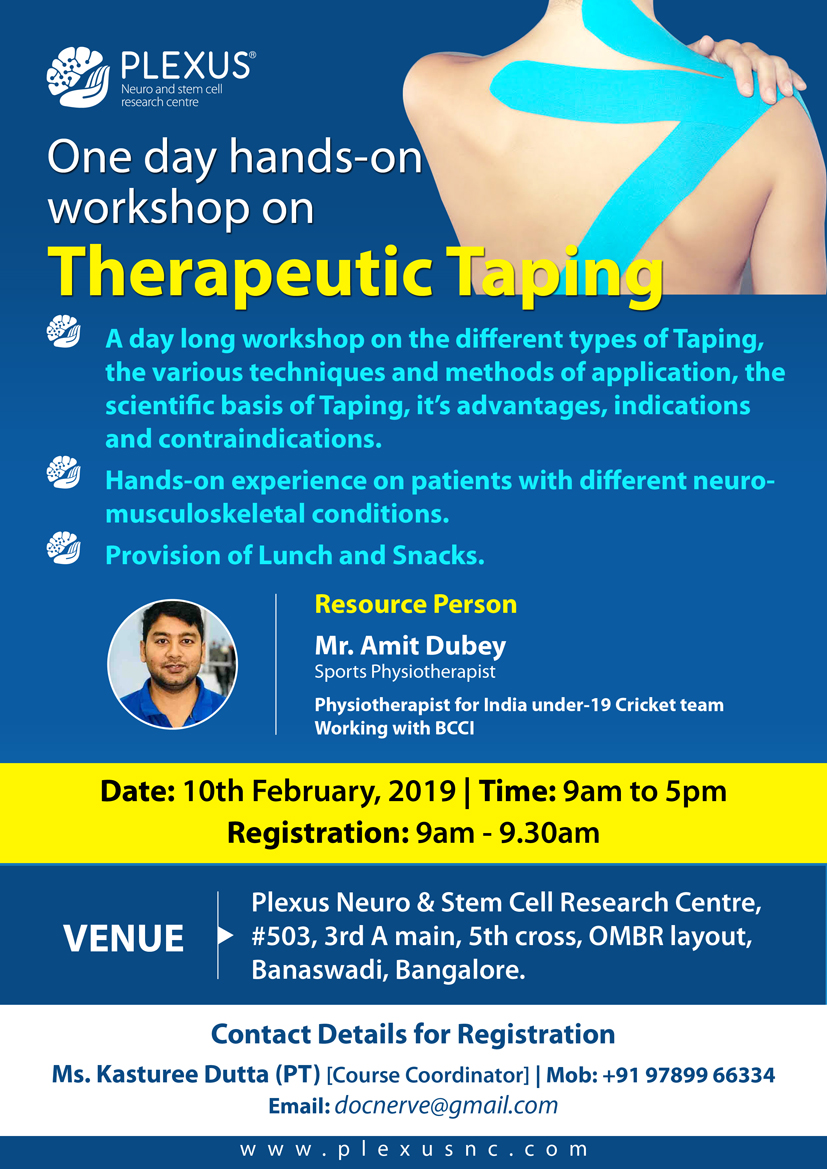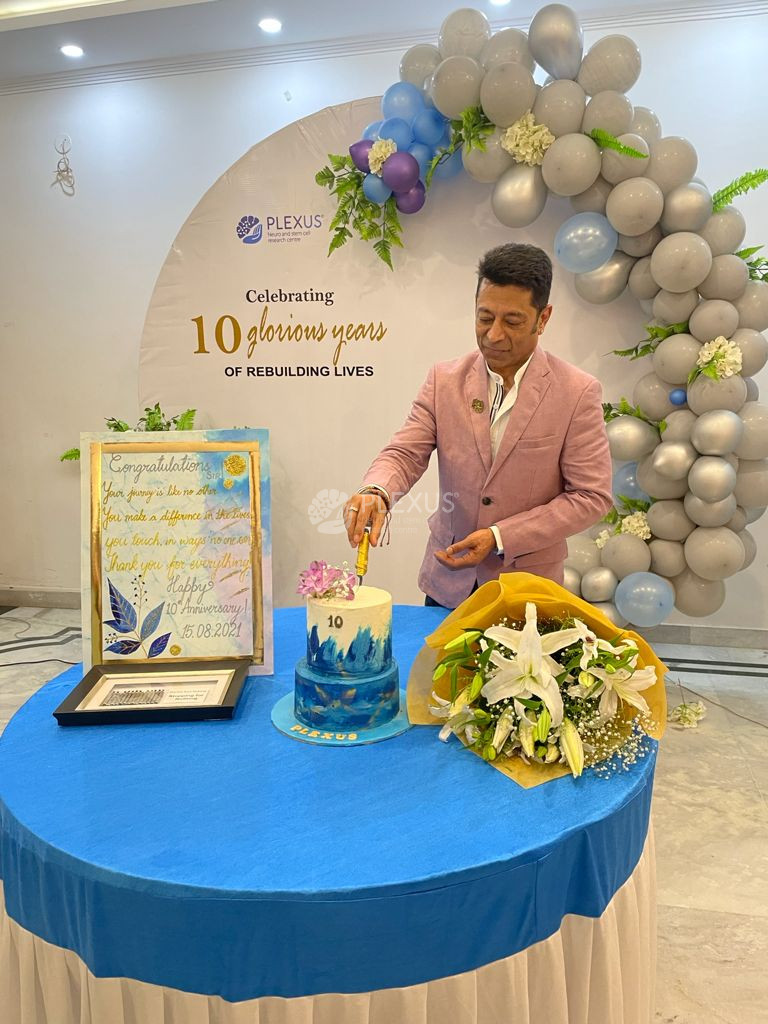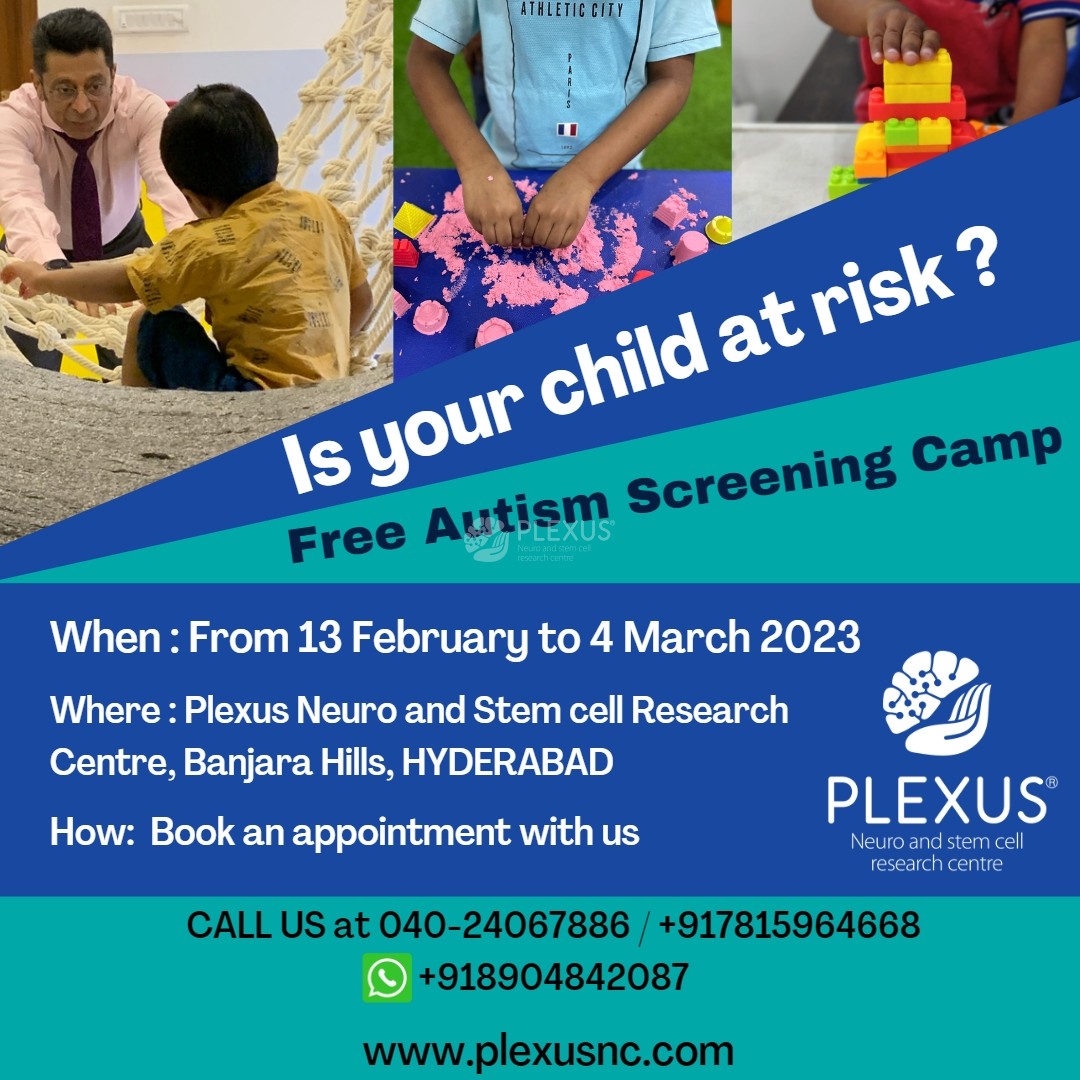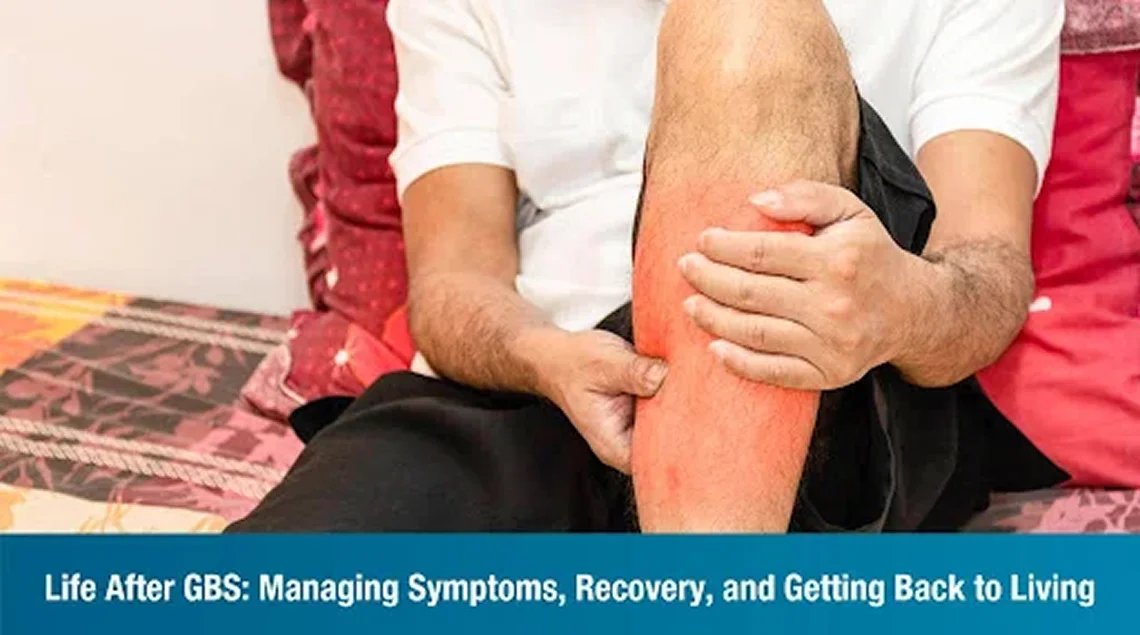
Recovering from Guillain-Barré Syndrome (GBS) doesn’t end when you leave the hospital. Many people continue to deal with fatigue, pain, weakness, mobility, and sensory challenges long after the acute phase. The key to improving quality of life is structured rehabilitation, symptom management, and small lifestyle adjustments that help you regain strength and confidence.
What Happens After GBS?
GBS affects the peripheral nerves, leading to weakness, numbness, coordination issues, and in some cases, paralysis. While recovery is possible, the journey varies from person to person. Many individuals experience persistent sensory symptoms—such as tingling, burning sensations, and altered touch or temperature sensitivity—which can often be more disruptive than motor challenges.
These lingering effects make even routine tasks feel effortful. However, with the right care plan, rehabilitation, and support, patients can steadily rebuild their abilities and confidence.
Post-GBS symptoms vary from person to person. Some struggle with chronic fatigue, making even simple activities exhausting. Others deal with neuropathic pain—a burning or tingling sensation in the limbs, even sensory loss in the palms and feet. Muscle weakness and balance issues can also persist, affecting mobility and independence. Recognizing these challenges is the first step to managing them effectively.
Rehabilitation: The Foundation of Recovery
A structured rehabilitation plan is essential for rebuilding strength and regaining independence. Physiotherapy focuses on gradual strength-building exercises to improve mobility, while occupational therapy helps make everyday tasks easier. Some patients also benefit from speech and swallowing therapy if they experience difficulties in these areas.
Therapists use a combination of movement exercises, flexibility training, and gait therapy to help patients regain lost function. While progress can feel slow, small, consistent efforts lead to big improvements over time. Assistive devices like braces, walkers, or adaptive tools can provide additional support while you regain your strength.
Managing Sensory Loss and Abnormal Sensations
For many recovering from GBS, sensory issues like numbness, tingling, burning sensations, or hypersensitivity can linger long after motor strength begins to return. These symptoms can affect balance, coordination, and even sleep quality. Managing them involves desensitization techniques, nerve stimulation exercises, and balance retraining as part of the rehab plan. Therapists use textured materials, vibration therapy, or graded exposure to help the nervous system adapt and improve sensory response. While these sensations can be frustrating, consistent therapy often helps reduce discomfort and restore function over time.
Managing Pain and Fatigue
For many post-GBS patients, pain and fatigue are ongoing challenges. Neuropathic pain can be persistent, but it can often be managed with medications, physiotherapy, and heat or ice therapy. Stretching and low-impact movement can also help relieve discomfort and prevent stiffness.
Fatigue is another major concern, as the body takes longer to regain full energy levels. Pacing daily activities, prioritizing rest, and maintaining a consistent sleep schedule can help manage exhaustion. A well-balanced diet, rich in protein and anti-inflammatory foods, can also support recovery and overall well-being.
Mental and Emotional Well-being
The recovery process isn’t just physical—it’s emotional too. Many individuals experience frustration, anxiety, or even depression due to the limitations GBS imposes on daily life. It’s important to acknowledge these feelings and seek support.
Therapy and counseling can help patients adjust to post-GBS life, while support groups provide an opportunity to connect with others going through similar experiences. Practicing mindfulness, meditation, or relaxation exercises can also help manage stress and improve mental well-being.
Lifestyle Adjustments for Long-Term Recovery
Recovering from GBS often means making small but meaningful adjustments to daily life. Gentle physical activity, such as stretching or swimming, can help maintain mobility without overexertion. Simple changes at home, like modifying furniture placement or using ergonomic tools, can make tasks easier and less tiring.
Eating a nutrient-rich diet supports nerve health and energy levels. Staying hydrated, consuming lean proteins, and incorporating anti-inflammatory foods can aid the recovery process. Maintaining regular medical check-ups ensures that progress is monitored and adjustments can be made as needed.
Moving Forward with the Right Support
Post-GBS recovery takes time, but with the right rehabilitation plan and symptom management, individuals can regain strength and independence. Every small step forward counts, and having a supportive healthcare team makes a world of difference.
At Plexus Neuro Centre, we specialize in personalized GBS rehabilitation with tailored physiotherapy, pain management, and emotional support. If you or a loved one needs expert care, we’re here to help.
WhatsApp: +91 89048 42087
Call: +91 78159 64668 (Hyderabad) | +91 93555 33404 (Bangalore)
FAQ’s
How long does it take to recover from Guillain-Barré Syndrome?
Recovery time varies. Some improve in months, while others take years. Rehabilitation speeds up progress.
How can I regain strength faster after GBS?
A combination of physiotherapy, a balanced diet, and controlled physical activity helps rebuild strength.
How do rehabilitation clinics help with GBS recovery?
At Plexus, our specialized rehabilitation programs focus on strength-building exercises, mobility training, pain management, and management of sensory problems, ensuring a smoother and more effective recovery.
Are there specialized centers for long-term GBS care?
Yes, Plexus provides comprehensive, long-term rehabilitation plans tailored to each patient’s needs, offering expert physiotherapy, pain management, and functional recovery support via occupational therapy.

